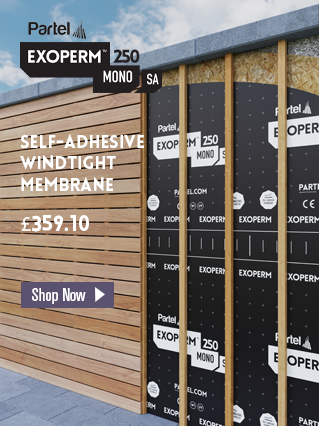The cavity wall is an integral part of the UK & Irish construction industry - it accounted for approximately 70% of new housing. To meet new U -Values for building regulations, achieve passive levels of airtightness and to minimise thermal bridging should we abandon the cavity wall in favour of timber frame or externally insulated masonry? There are issues to overcome but what does cavity wall still offer that External Wall Insulation or Timber frame construction does not ?
- Familiarity to Architects, Engineers, Builders, tradesmen and home-owners
- Cost
- Skills
- Knowledge
- Lack of certification for newer products
- Thermal bridging at Ground, floor, roof, windows and doors.
- Suitability for achieving airtightness
- Breathability
- Speed of construction
Many suppliers are now producing insulated foundations suitable for masonry, various types of full fill cavity insulation, and thermally broken wall ties facilitating full fill cavity insulation up to 300mm. A paper by Joseph Little of Joseph Little Architects studies the issues in greater detail and while last updated in 2006 is still worth reading Partial Fill Cavity Walls: Have We Reached the Limits of the Technology? This paper while identifyng the positives and negatives also serves to highlight the changes and solutions that have been developed since 2006. While timber frame and externally insulated masonry may offer advantages in terms of speed, suitability for airtightness, and thermal bridging it is clear that the modified cavity wall has a future as it can compete on price, and has greater flexibility for finishes and cladding and is engrained in construction in Ireland and the UK.









